Multi-Modal Serial Sectioning and Synchrotron Micro-Computed Tomography Analysis of High Burnup Nuclear Fuels
Principal Investigator
- Name:
- Alejandro Figueroa
- Email:
- [email protected]
- Phone:
- (208) 526-6918
Team Members:
| Name: | Institution: | Expertise: | Status: |
|---|---|---|---|
| Jonova Thomas | Purdue University | Nuclear Fuels and materials, as well as microstructural characterization expert | Graduate Student |
| Maria Okuniewski | Purdue University | Nuclear Fuels and materials, as well as microstructural characterization expert | Faculty |
| Dennis Keiser | Idaho National Laboratory | nuclear fuels, nuclear materials | Other |
Experiment Details:
- Experiment Title:
- Multi-Modal Serial Sectioning and Synchrotron Micro-Computed Tomography Analysis of High Burnup Nuclear Fuels)
- Hypothesis:
- This project proposes taking two FIB lift-out samples from the RERTR 9B experiment and one FIB lift-out from the MFF-3 experiment sample that have already been created and analyzed utilizing synchrotron micro-computed tomography and assess them through serial sectioning to consecutively analyze structures observed with synchrotron tomography, while also providing a comparative study of pore morphology between two nuclear systems at high burnup.
- Work Description:
- This work will consist of using the focused ion beam (FIB) at "IMCL" to serial section 3 already prepared FIB cubes (30X30X100, 50X50X100 and 100X100X100) to asses high burnup 3D microstructure of two types of fuel. BSE, SEM, EDS, and EBSD images will be taken at each layer. The 3D microstructure obtained will be compared to synchrotron analysis that has been previously taken allowing for validation of the two techniques.
Project Summary
Fission product swelling is one of the main failure modes in metallic fuels. At high burnup the pores can form interconnected networks which can cause an increase in gaseous diffusion, increasing interaction with cladding, and degrading mechanical and thermal stability of the fuel. To understand the behavior of pore morphology, characterization of the microstructure in three dimensions is necessary. There are two main techniques for this: x-ray micro-computed tomography (µ-CT) and serial sectioning via a focused ion beam/scanning electron microscope (FIB/SEM). By analyzing three samples that were previously measured utilizing synchrotron µ-CT through serial sectioning, a unique opportunity is presented to correlate the microstructures revealed in both techniques. Utilizing this multimodal technique approach in a serial fashion to determine the microstructure of the samples, can reveal a more in-depth understanding of the material behavior and validate the structures seen in both techniques. µ-CT has a higher accuracy of spatial geometry of features due to the lack of curtaining, ion damage, and local heating possible in serial sectioning, yet information on grain boundaries, crystal structure, and microchemistry of the surrounding matrix can only be obtained through serial sectioning of the material. Moreover, µ-CT typically has a spatial resolution of ~1 micron, whereas features that are submicron are detectable using the FIB/SEM technique. Therefore, by comparing the results from both techniques, a more comprehensive understanding of the pore morphology can be obtained, which will allow for more accurate microstructures in high burnup pore morphology models.
Following high burnup, uranium-molybdenum (U-Mo) nuclear fuel undergoes grain refinement producing smaller and more numerous grains. This increase in grain boundaries should increase the diffusivity of the fission gases through the material exhibiting behavior that is seen in higher operating temperature fuels of various types. To test this hypothesis, it is necessary to look at the morphology of a high burnup and high operating temperature fuel such as U-Zr. To minimize the multiphase effects on the pore behavior, an interior sample of irradiated U-Zr will be analyzed with serial sectioning and compared to previous synchrotron µ-CT results. Then compared to the microstructure seen in post-recrystallized U-Mo. Serial sectioning the FIB lift outs and conducting secondary electron (SE), backscatter electrons (BSE) scans on each layer in the U-Mo (two specimens) and U-Zr (one specimen) fuels will provide detailed information on the morphology of the features which can be compared to previous tomography results. Energy dispersive X-ray spectroscopy (EDS) scans will give insight on chemical distributions of the fuel and fission products, as well as give confirmation on phenomenon that are suggested in the tomography results. Electron backscatter diffraction (EBSD) will provide grain boundary density information, which can influence the gaseous fission product diffusion, therefore affecting both growth rate and nucleation rate of pores. By utilizing multimodal techniques to analyze phenomena seen in these samples in-depth information on the high burnup fuel behavior will be elucidated. Another goal of the proposed work is to create a more global model of pore morphology evolution in metallic based fuels.
Following high burnup, uranium-molybdenum (U-Mo) nuclear fuel undergoes grain refinement producing smaller and more numerous grains. This increase in grain boundaries should increase the diffusivity of the fission gases through the material exhibiting behavior that is seen in higher operating temperature fuels of various types. To test this hypothesis, it is necessary to look at the morphology of a high burnup and high operating temperature fuel such as U-Zr. To minimize the multiphase effects on the pore behavior, an interior sample of irradiated U-Zr will be analyzed with serial sectioning and compared to previous synchrotron µ-CT results. Then compared to the microstructure seen in post-recrystallized U-Mo. Serial sectioning the FIB lift outs and conducting secondary electron (SE), backscatter electrons (BSE) scans on each layer in the U-Mo (two specimens) and U-Zr (one specimen) fuels will provide detailed information on the morphology of the features which can be compared to previous tomography results. Energy dispersive X-ray spectroscopy (EDS) scans will give insight on chemical distributions of the fuel and fission products, as well as give confirmation on phenomenon that are suggested in the tomography results. Electron backscatter diffraction (EBSD) will provide grain boundary density information, which can influence the gaseous fission product diffusion, therefore affecting both growth rate and nucleation rate of pores. By utilizing multimodal techniques to analyze phenomena seen in these samples in-depth information on the high burnup fuel behavior will be elucidated. Another goal of the proposed work is to create a more global model of pore morphology evolution in metallic based fuels.
Relevance
Fission product swelling is one of the main failure modes in metallic based fuels, so by understanding the pore morphology and its relationship to various phases, materials can be tailored to minimize the negative effects of the pore network. Uranium-zirconium based fuels are considered as transmutation fuels as well as other advanced fuel needs (e.g. the Versatile Test Reactor). The U-Zr fuels have undergone irradiation tests both in the Experimental Breeder Reactor, and the Fast Flux Test Facility (FFTF). Uranium-molybdenum (U-Mo) based fuel is one of the fuel types in consideration for advanced reactors, as well as for the conversion of research and test reactors from high enrichment fuel to low enrichment fuel. Due to uranium-molybdenum based fuels high γ-U stability it is an ideal fuel material to research the role of fission gasses in a single phase γ matrix. At high burnup, U-Mo fuels undergoes a grain refinement, significantly increasing the grain boundary area and increasing the diffusivity of the system as a result. This can allow for comparisons between higher operating temperature fuels such as uranium-zirconium alloys. To properly understand the 3D morphology of the system it is necessary to utilize 3D based techniques such as micro-computed tomography and serial sectioning. By analyzing the same irradiated sample with both techniques, a more accurate representation of the morphology of the sample can be analyzed without regard to artifacts created through each imaging method. Since micro-computed tomography is a new technique that our research group has pioneered for irradiated fuels and serial sectioning is a destructive method, validation of the results will create a better understanding of the limitations of the two techniques in tandem, as well as create complimentary data sets that can be used to validate modeling results with both techniques in the future. Therefore, this experiment proposes to serial section three high burnup nuclear fuel FIB cubes that have already been analyzed using synchrotron micro-computed tomography to create a better understanding of the pore morphology at high burnup and draw comparisons between two metallic fuels and two 3D imaging techniques. This will provide a greater understanding of the pore morphology of the system at high burnup that can be used in fuel performance models that can potentially lead to the extended the lifetime of these various fuel types.
Please wait
About Us
The Nuclear Science User Facilities (NSUF) is the U.S. Department of Energy Office of Nuclear Energy's only designated nuclear energy user facility. Through peer-reviewed proposal processes, the NSUF provides researchers access to neutron, ion, and gamma irradiations, post-irradiation examination and beamline capabilities at Idaho National Laboratory and a diverse mix of university, national laboratory and industry partner institutions.
Privacy and Accessibility · Vulnerability Disclosure Program

